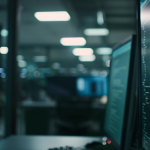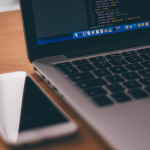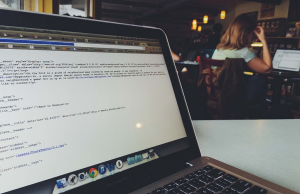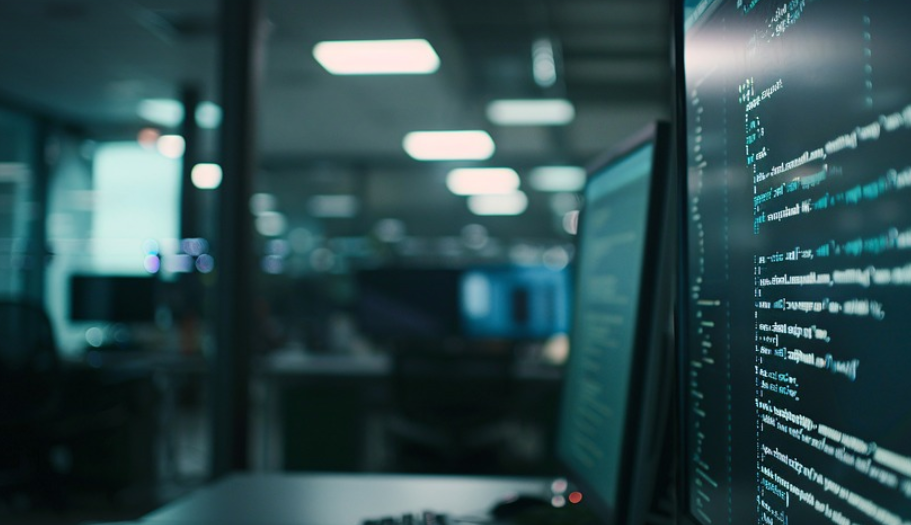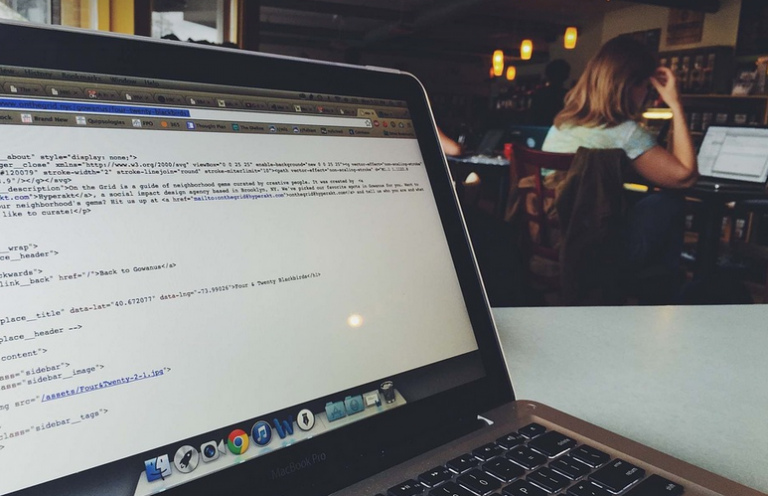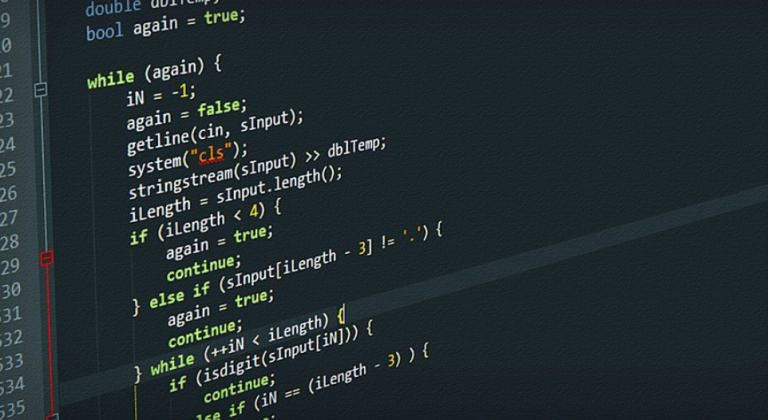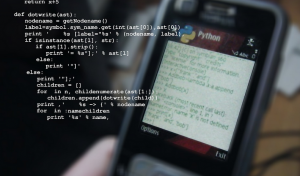Unmasking the Mystery of Authentic Signatures
So, you’ve got a signed photograph or a personal letter from your favorite celebrity, and it sparks a deep sense of curiosity: is this really authentic? The world of autograph authentication can feel like a minefield of scams and fakes. But fear not! This blog dives into the fascinating realm of verifying authenticity, addressing common concerns and offering valuable insights to help you navigate the world of signed memorabilia.
Autograph authentication has become a cornerstone in the collectibles market, fueling the passion for vintage items and connecting collectors with their idols. It’s about ensuring that the signature attached to your cherished possession is indeed genuine – not a mere imitation. This process relies on expertise and meticulous attention to detail, making it an intricate field.
The Authentication Process: A Glimpse Inside
Unlike a photo of a celebrity signing a book, where you have the assurance of visual evidence, autographs require a deeper examination. Authenticating signatures involves a thorough process that goes beyond just looking at the strokes. It’s about understanding the individual’s style, their writing habits, and the context in which they signed the item.
The process typically includes:
- Expert Analysis: Highly skilled experts meticulously examine the signature for unique characteristics. They look for things like consistent pressure on the pen, specific stroke patterns, and even the way the ink flows. These subtle nuances often hold clues about a person’s writing style.
- Comparison to Known Examples: Experts compare the autograph to known samples of the celebrity’s signatures or writings from official archives.
- Context Matters: The historical context and provenance of an item are critically evaluated. Where was the signature made? What was the purpose of signing? Understanding the background information provides valuable insights for authenticity verification
Navigating the World of Authentication
The good news is that there’s a growing awareness about authentication, leading to a surge in professional companies dedicated to verifying signatures. These companies employ trained professionals with years of experience, ensuring that your signed item receives the utmost care and attention.
However, it’s essential to be cautious when you encounter these services:
- Reputation is Key: Research the company thoroughly. Look for testimonials, certifications, and industry recognition to ensure their credibility.
- Transparency Matters: Opt for companies that offer detailed reports of their findings and explain their process in clear and transparent language.
- Ethical Practices: Choose a company committed to ethical authentication practices. Avoid any suspicious tactics or questionable claims.
The Importance of Authentication
The benefits of authenticating your autograph go beyond just verifying the signature itself. It grants you greater confidence in your treasured possession, ensuring that it’s a true representation of the person who signed it. It also adds to its historical and cultural value.
Beyond Signatures: Authenticating Other Artifacts
The world of authenticity can extend beyond signatures. From vintage posters and photographs to manuscripts and letters, verifying their authenticity is crucial. Each item carries its own unique history and deserves a meticulous examination. When dealing with valuable memorabilia or antique objects, understanding the process of authentication allows you to protect your investment and ensure that it holds true historical significance.
A Final Word: Trusting Your Intuition
Ultimately, trust your instincts when evaluating authentic signatures. If something seems off, don’t be afraid to ask questions and look for transparency in the authentication process. When you invest time and effort in investigating, you gain a deeper understanding of your precious items.
Protecting Your Investments: Tips for Authentication
Understanding the methods of authentication is only one part of the equation when it comes to protecting your investment. Here are some additional tips:
- Research and Documentation: Keep detailed records about the items you acquire, including purchase history, expert opinions, and any documentation confirming authenticity.
- Secure Storage: Ensure your signed memorabilia is stored in a safe, dry location with controlled humidity levels to prevent fading or damage from pests.
- Regular Inspection: Periodically inspect your items for any signs of wear and tear or for potential alterations that could hinder their authenticity.



